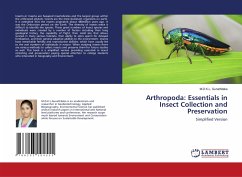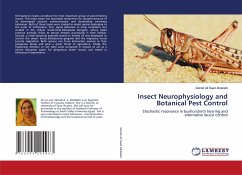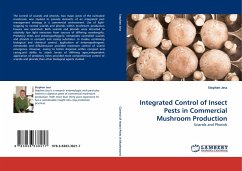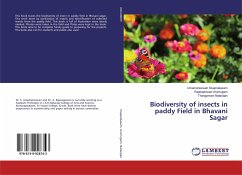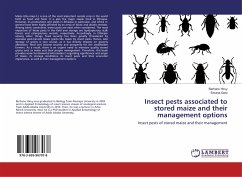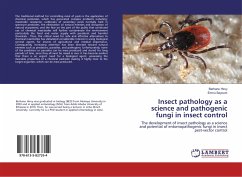
Insect pathology as a science and pathogenic fungi in insect control
The development of insect pathology as a science and potential of entomopathogenic fungi in insect pest-vector control
Versandkostenfrei!
Versandfertig in 6-10 Tagen
24,99 €
inkl. MwSt.

PAYBACK Punkte
12 °P sammeln!
The traditional method for controlling most of pests is the application of chemical pesticides, which has generated complex problems including: insecticide resistance; outbreaks of secondary pests normally held in spectrum pesticides, the elimination of natural enemies and disruption of natural ecosystems, and the fear on the part of the public that continued use of chemical insecticides will further contaminate the environment particularly the food and water supply with persistent and harmful chemicals . Thus, the critical need for safe and effective alternatives to chemical insecticides has ...
The traditional method for controlling most of pests is the application of chemical pesticides, which has generated complex problems including: insecticide resistance; outbreaks of secondary pests normally held in spectrum pesticides, the elimination of natural enemies and disruption of natural ecosystems, and the fear on the part of the public that continued use of chemical insecticides will further contaminate the environment particularly the food and water supply with persistent and harmful chemicals . Thus, the critical need for safe and effective alternatives to chemical insecticides has stimulated considerable interest in using biological control agents for insects of agricultural and medical importance. Consequently, increasing attention has been directed toward natural enemies such as predators, parasites, and pathogens. Unfortunately, none of the predators or parasites can be mass produced and stored for long periods of time, since they all must be raised in vivo. It hasbecome evident that there is an urgent need for a biological agent, possessing the desirable properties of a chemical pesticide making it highly toxic to the target organism, which can be mass produced.






